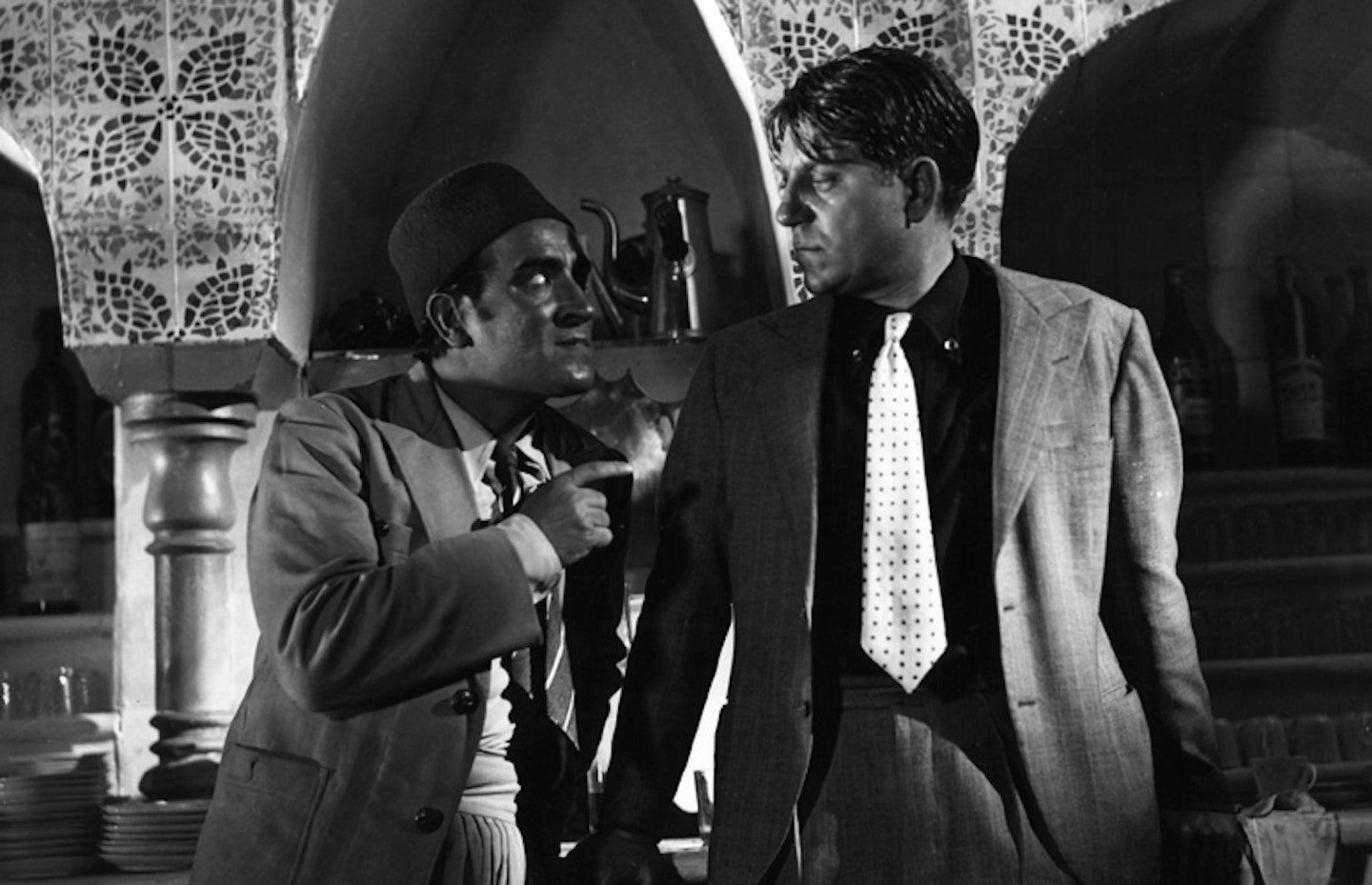Key filmmakers: Marcel Carné, Jean Renoir, Jean Vigo, Julien Duvivier, Jean Grémillon
Key dates: 1930-1939
What is it? Is the stylishly lit film you’re watching full of jaundiced, blue collar types pining for lost love or just a solid slug of cognac? Are they wanted by the police or, worse, down to their last few Gauloises? Does life have nothing but hardship and despair to offer and only a quick snog with Michèle Morgan by way of consolation? If the answer to any of these is ‘yes’, welcome to poetic realism! This was a glorious era in French cinema that emerged from a particularly inglorious phase of French history.
Imbued with the prevailing gloom of the time, the films of “le réalisme poétique” are populated with fatalistic figures often played by Jean Gabin, Arletty or Jean Dasté, and plucked from the pages of great writers like Émile Zola and Leo Tolstoy or penned by writers like Jacques Prévert and Charles Spaak. Characters like Gabin’s jewel thief Pépé Le Moko, trapped like a rat in an Algiers casbah, and Pierre Fresnay’s self-sacrificing aristocrat in Grand Illusion were emblematic of a country at odds with itself and swirling slowly towards the plughole of another ruinous war.
The movement’s directors were a motley array, with little to thread them together beyond their artistry. Carné was the son of a cabinet maker; Duvivier, a gifted actor himself; Jean Grémillon, a Norman with aspirations to compose classical music; while Jean Renoir, of course, was scion of a certain Claude Renoir who was known to paint a bit. This flowering of French cinema was abetted by a deeply talented pool of writers, set designers, composers and movie stars, of whom the saltily sexy Gabin, a Bogart for the boulevardiers, remains a chiselled figurehead.

What to watch: L'Atalante (1934), Pépé Le Moko (1937) (above), Lady Killer (1937), Grand Illusion (1937), Port Of Shadows (1938), La Bête Humaine (1938), Le Jour Se Lève (1939)
What did it influence? French directors from Godard to Bresson have drunk from the well of poetic fatalism, but it crossed borders too. Italian neorealists like Luchino Visconti, who worked as assistant director on two Renoir films, and Michelangelo Antonioni, who also worked with Renoir and served as assistant director to Carné, were both inspired by their Gallic jaunts. Duvivier’s Pépé Le Moko, meanwhile, lent amoral DNA to Graham Greene’s The Third Man, while its blend of grit and lyricism left its mark on the likes of Terence Davies, Aki Kaurismaki and Steven Soderbergh.
Trivia: Pépé Le Moko received the ultimate accolade of a reference in a cartoon featuring stalky skunk Pepe Le Pew.
What to say: “The unsung great of French cinema, Julien Duvivier was revered by Jean Renoir, Ingmar Bergman and Orson Welles.”
What not to say: “Didn’t anyone have fog lights back then?”
